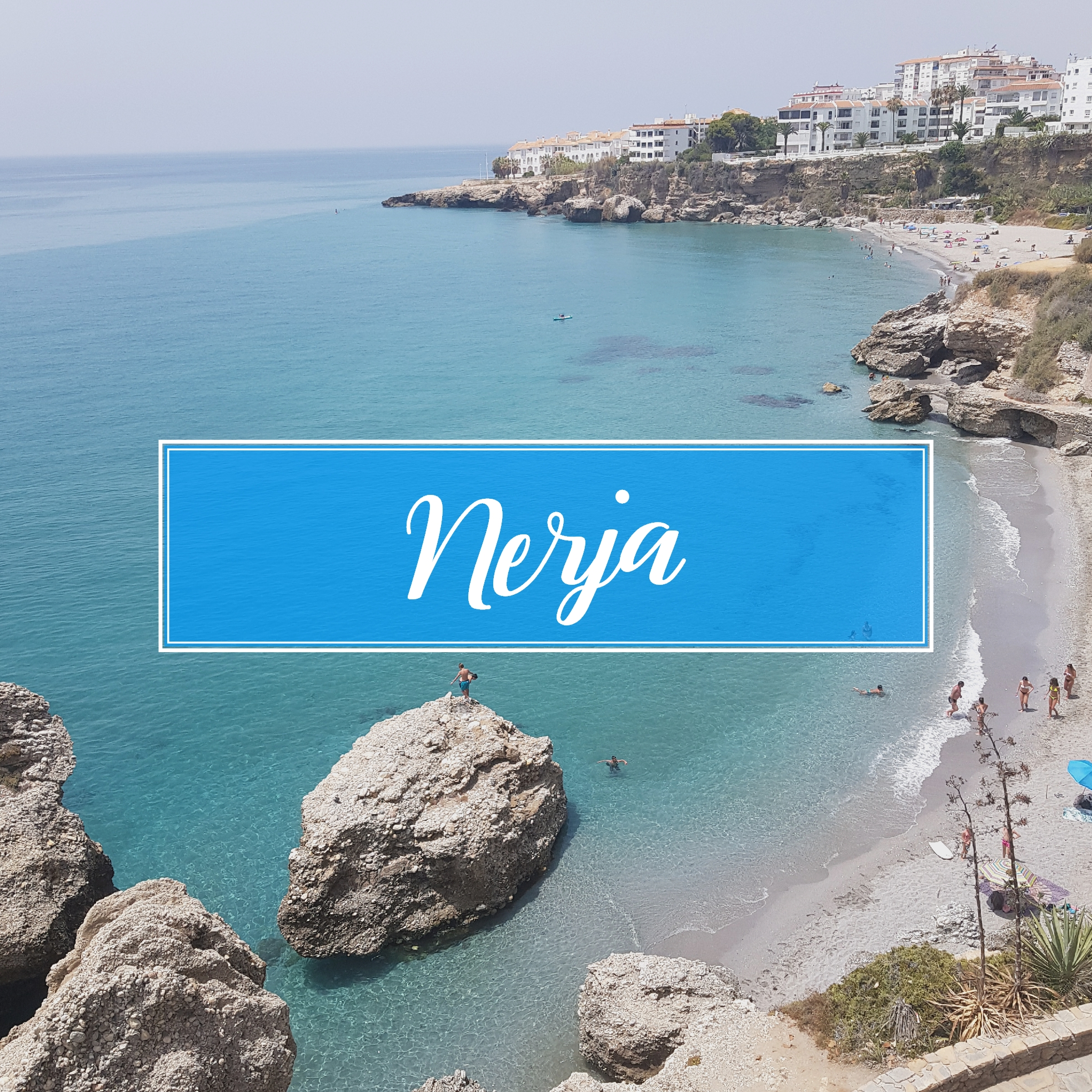Nerja, a charming whitewashed town, is known for its crystal-clear beaches and rich history. Beyond its stunning beaches, Nerja is home to the majestic Nerja Cave and a picturesque historic center with cobblestone streets, whitewashed houses, and flower-filled squares. The spectacular Maro Waterfall is another natural treasure, a perfect spot to enjoy tranquility. Complete your experience at its small restaurants, offering the best of local cuisine, making Nerja one of the most complete and captivating destinations in the Axarquía.
Where is Nerja located
Nerja is located 58km from Malaga capital with a population of 21.095 inhabitants. The municipal term has a dimension of almost 85Km square.
Origin of the name Nerja
Coming from the Andalusian Arabic and Hispanic romance word Narixa, which means “Fountain of Abundant“.
Denonym of the people of Nerja
The inhabitants are called “Nerjeño or Nerjeña”.
Monuments and places of interest in Nerja
Nerja
- Nerja Cave: Also known as the “Natural Cathedral of the Costa del Sol”. It is located in the town of Maro, Nerja district. The cave was discovered in 1959 by five young explorers. The cave has an area of 35,484m² and currently has 3 galleries and a dozen rooms. Cave paintings have been found in the cave, including seals that could be the first art in human history.
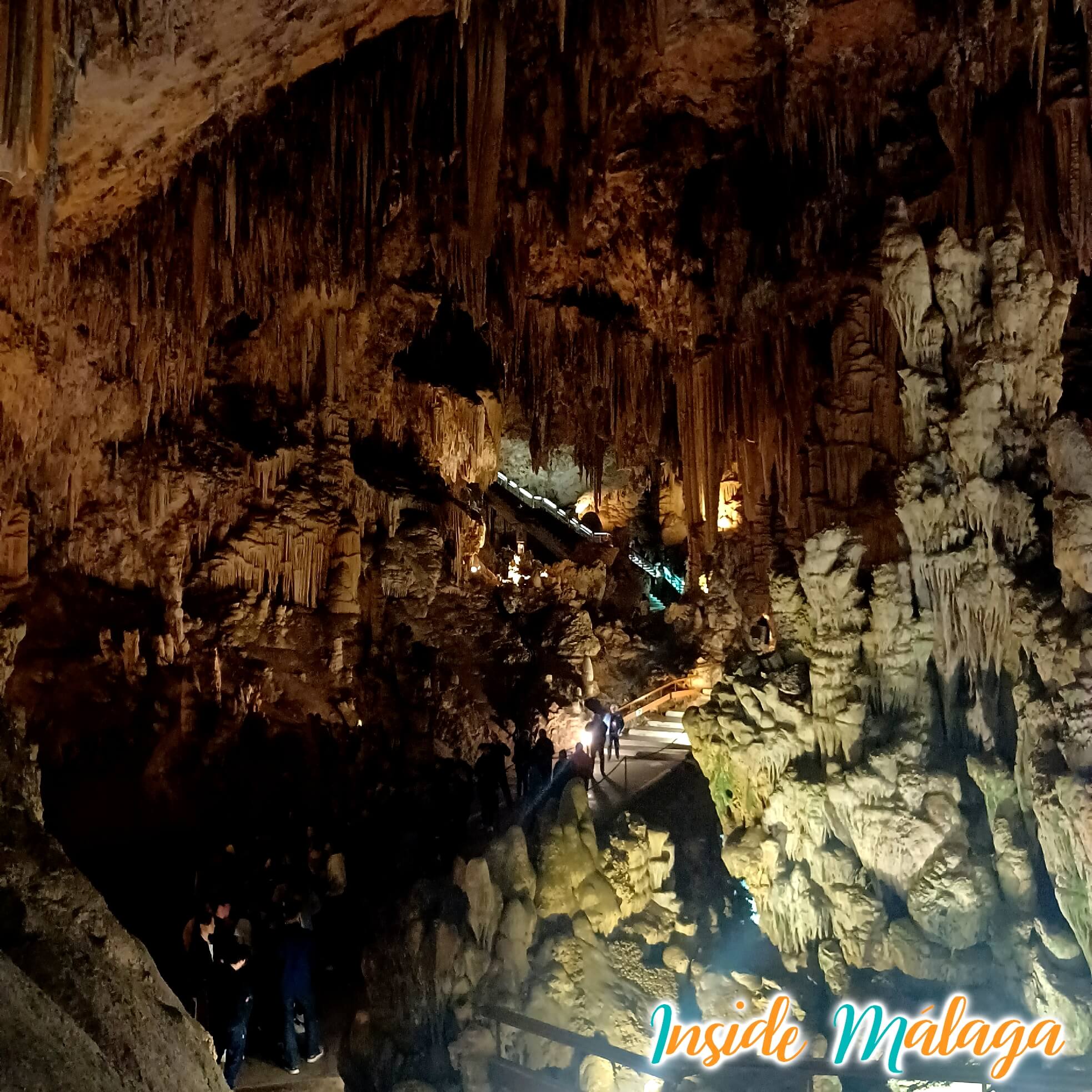
- Balcony of Europe: In 1885, King Alfonso XII visited the area after an earthquake. Observing the damage caused by the earthquake, he was amazed by the incredible views of the sea, and baptized the viewpoint as the Balcony of Europe. The name balcony will be because this is where the European continent ends and the next would be Africa. In the same viewpoint is a life-size sculpture of King Alfonso XII.
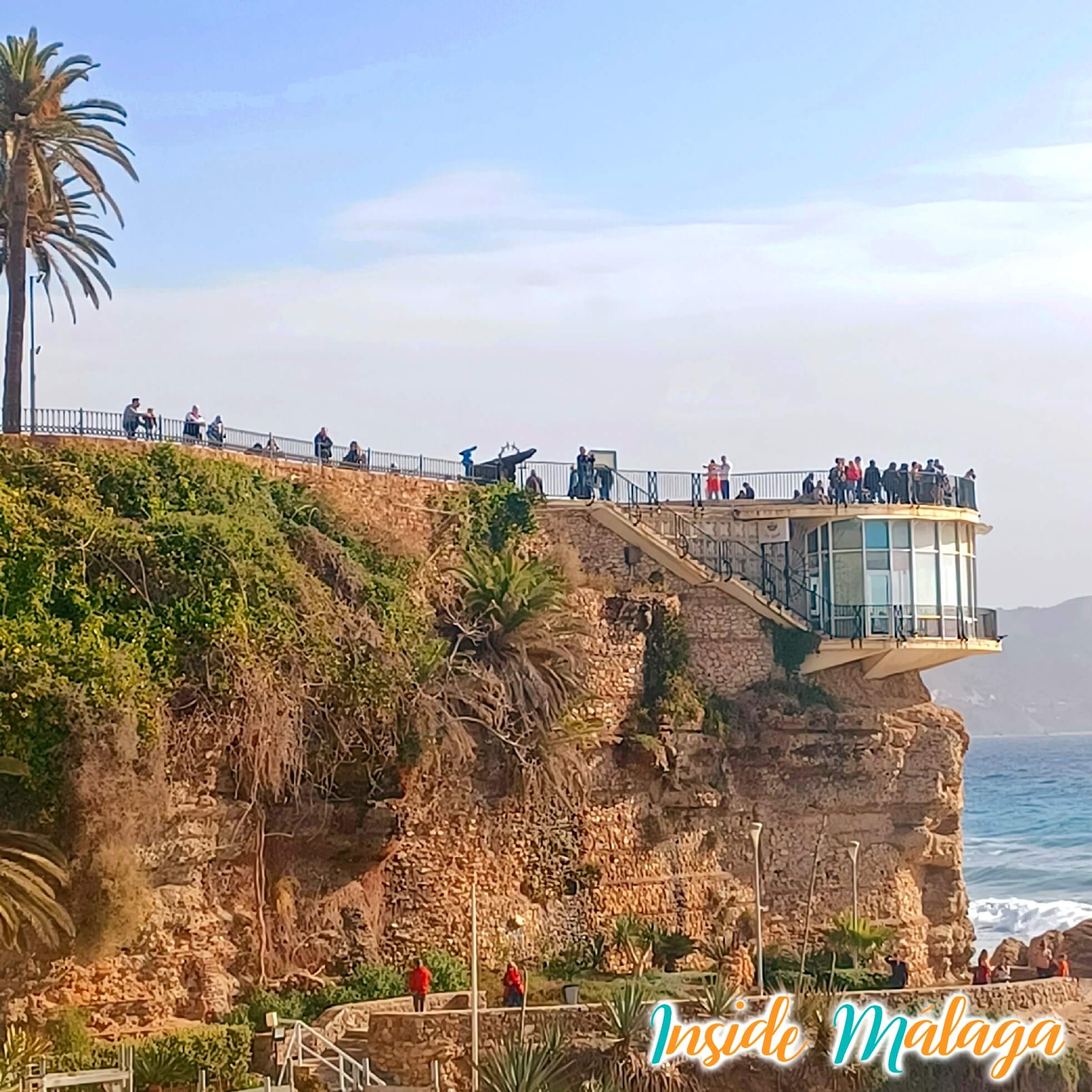
- Ermita de las Angustias: Located on the hermitage square. It was built in 1720 in a Baroque style by Mrs. Bernarda María Alférez, owner of the sugar mill (where sugar cane is made) “San Antonio Abad”, with these revenues the construction was built. Since 1853 it belongs to the Nerja town hall. Inside it houses the image of Our Lady of Sorrows, today the patron saint of Nerja. The temple is formed by a single nave decorated with precious oil wall paintings on the dome and the walls.
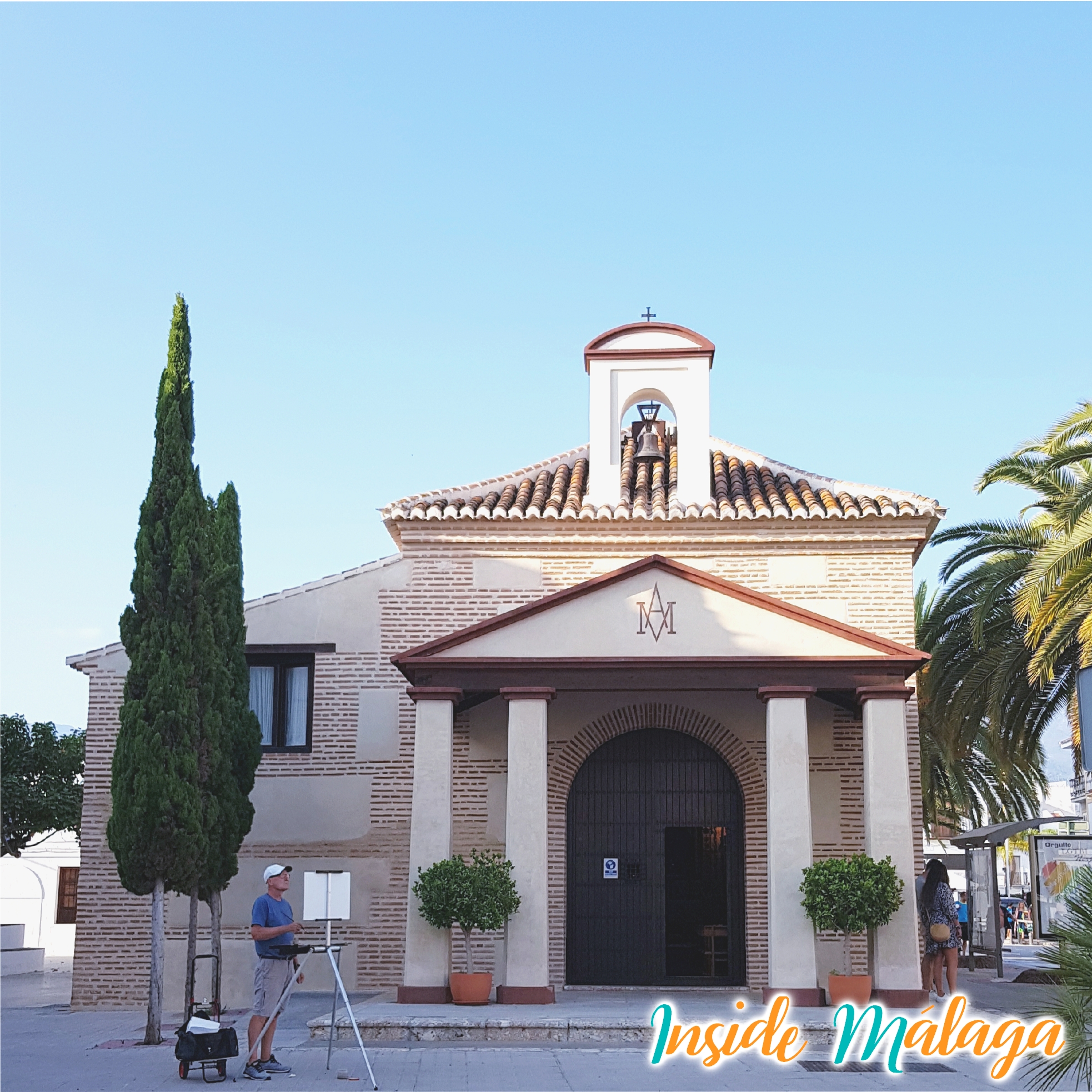
- Church of El Salvador: The temple was completed in 1697. This church is rich in art and religious images for its size. A peculiarity is that it is one of the few temples in the world that houses images of the three main archangels: Miguel, Gabriel and Raphael.
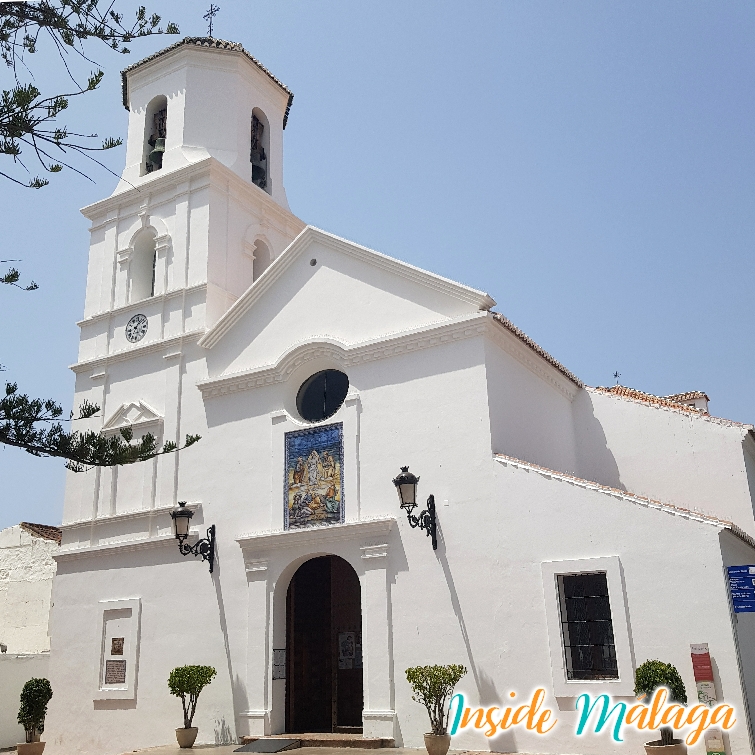
- Nerja History Museum: Located in the Plaza de España. Interactive museum and ideal place to learn the history of the town from prehistory to the 20th century. Structured on two floors and a basement with hundreds of works of art, informational posters, and archaeological pieces , it makes this space the best place to start your visit to the town.
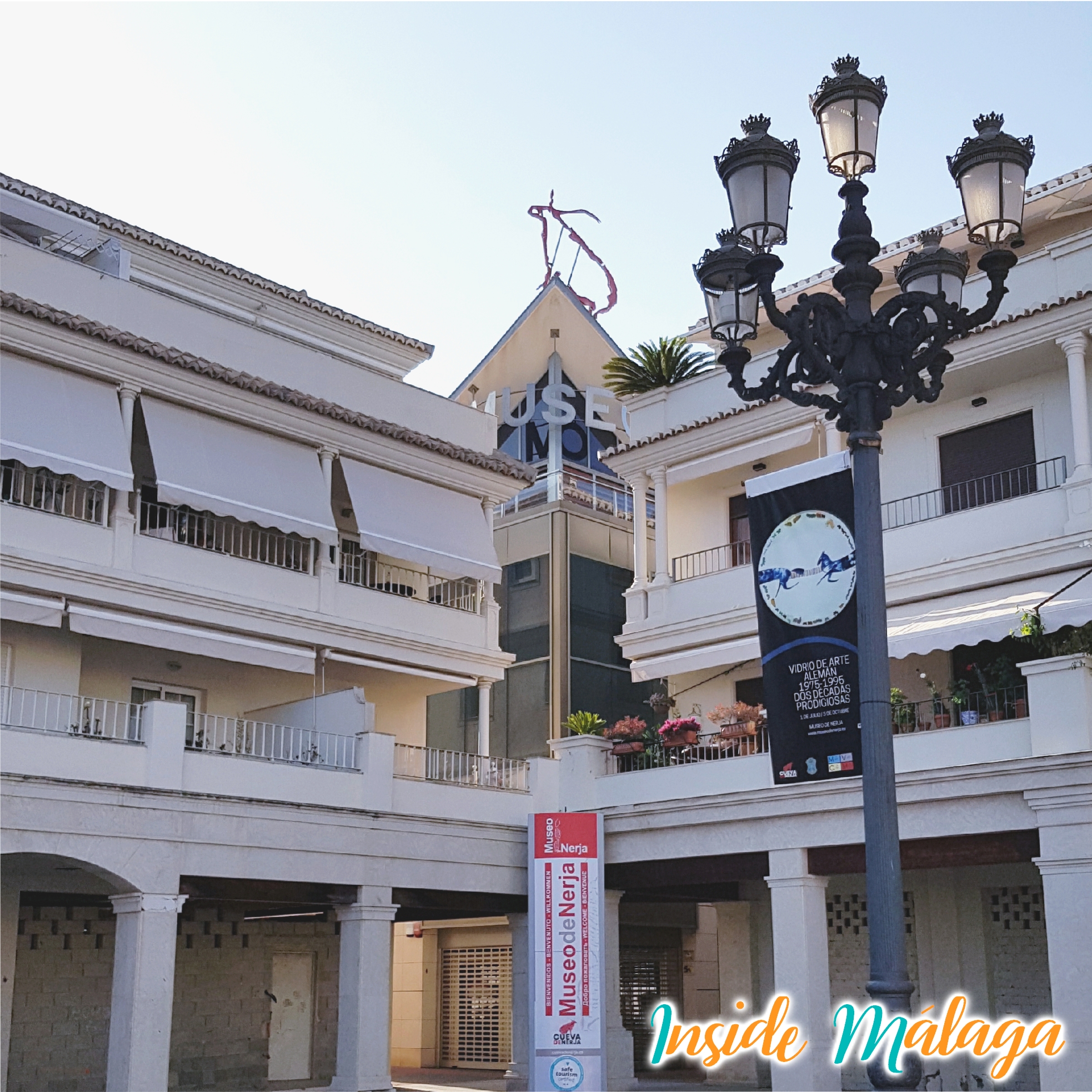
- Church of San Miguel: Located in the Plaza de Andalucía. The baroque temple with Mudejar elements was built in the 17th century. In its time it was built on the edge of the town but is currently in the center due to the expansion of the town.
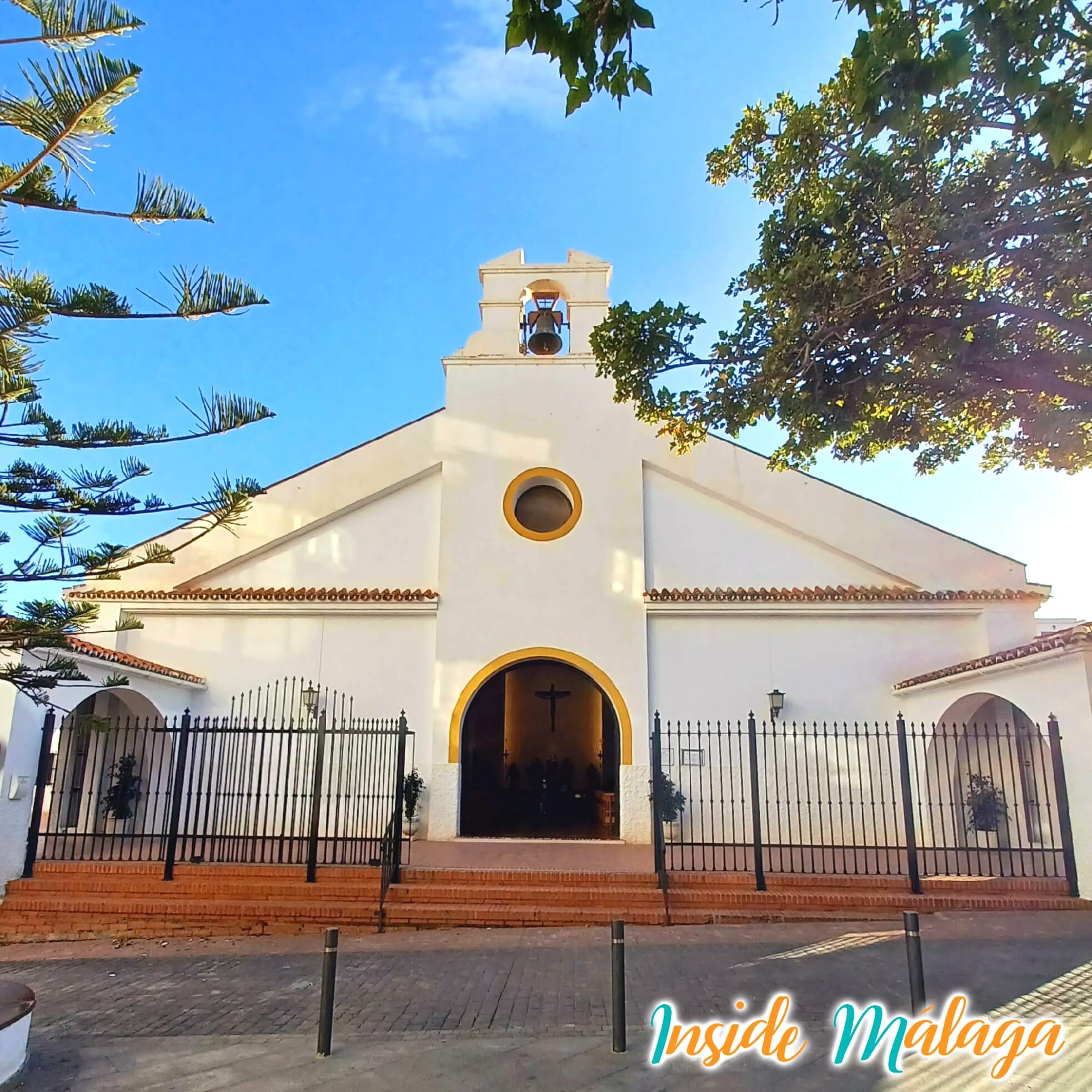
- Boat of Chanquete: The boat La Dorada was used to record the youth series called “Verano Azul” in 1981 where young people have adventures with their friend Chanquete.
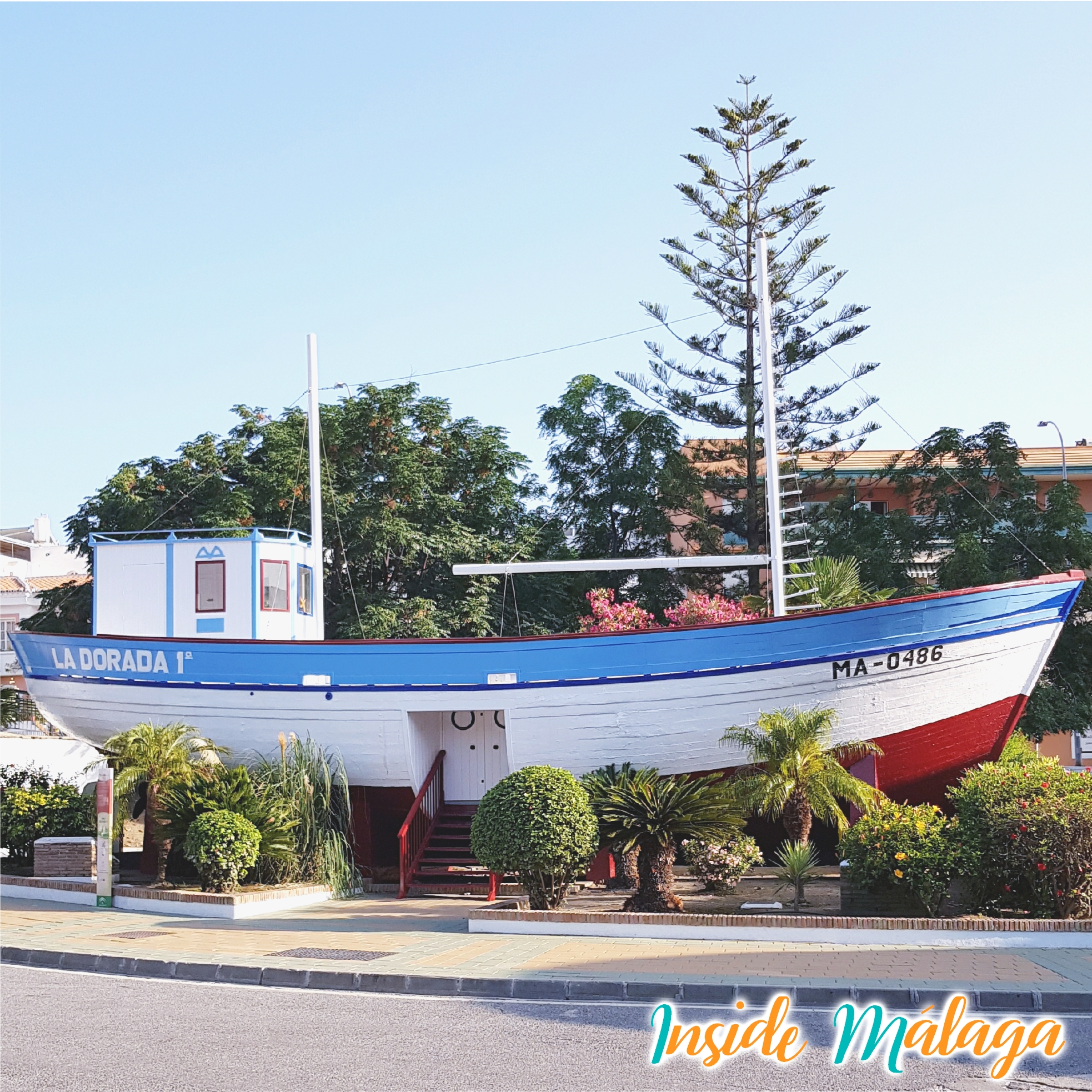
- Statue of Chanquete: In 2019 the Chanquete statue was erected looking out to sea where the “Verano Azul” series was recorded, a character played by the actor Antonio Ferrandis.
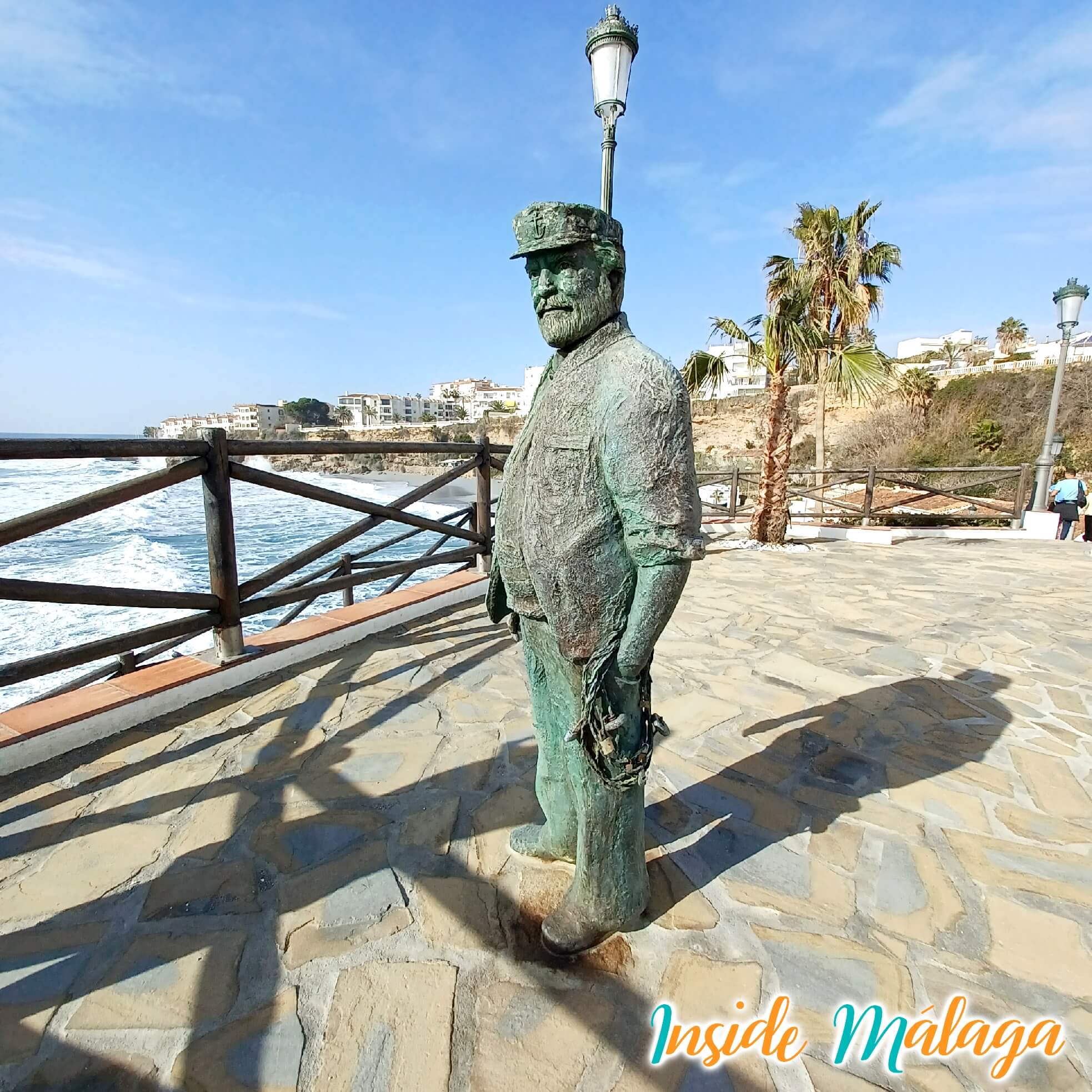
- Torre de la Miel
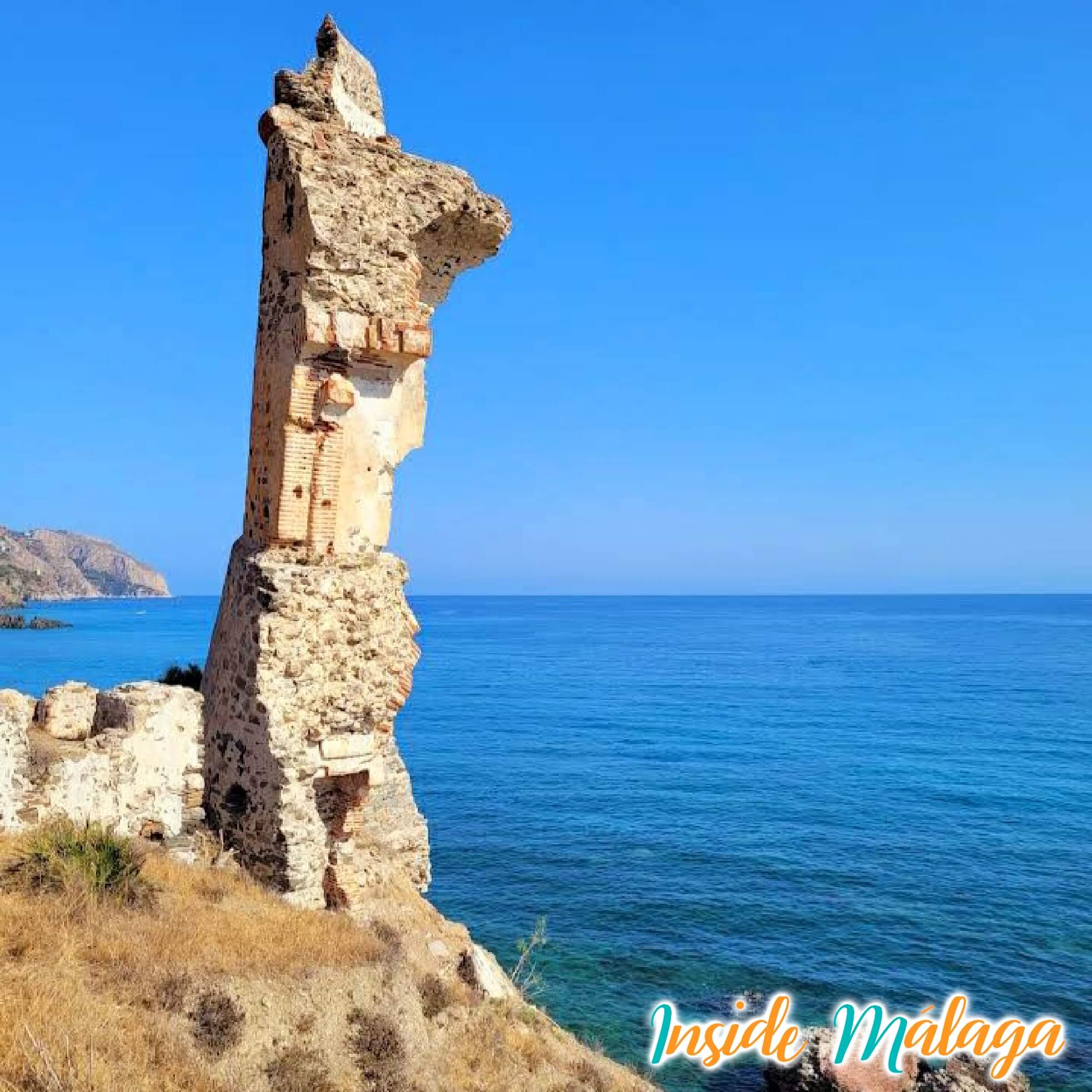
Maro
- Iglesia de las Maravillas: Translated Church of wonders. Located in Maro near the waterfall. It is a small church of simple construction built in the seventeenth century but has been reformed and restored in 1887. Formed by a single nave where inside it houses the patron saint of Maro: La Virgen de las Maravillas.
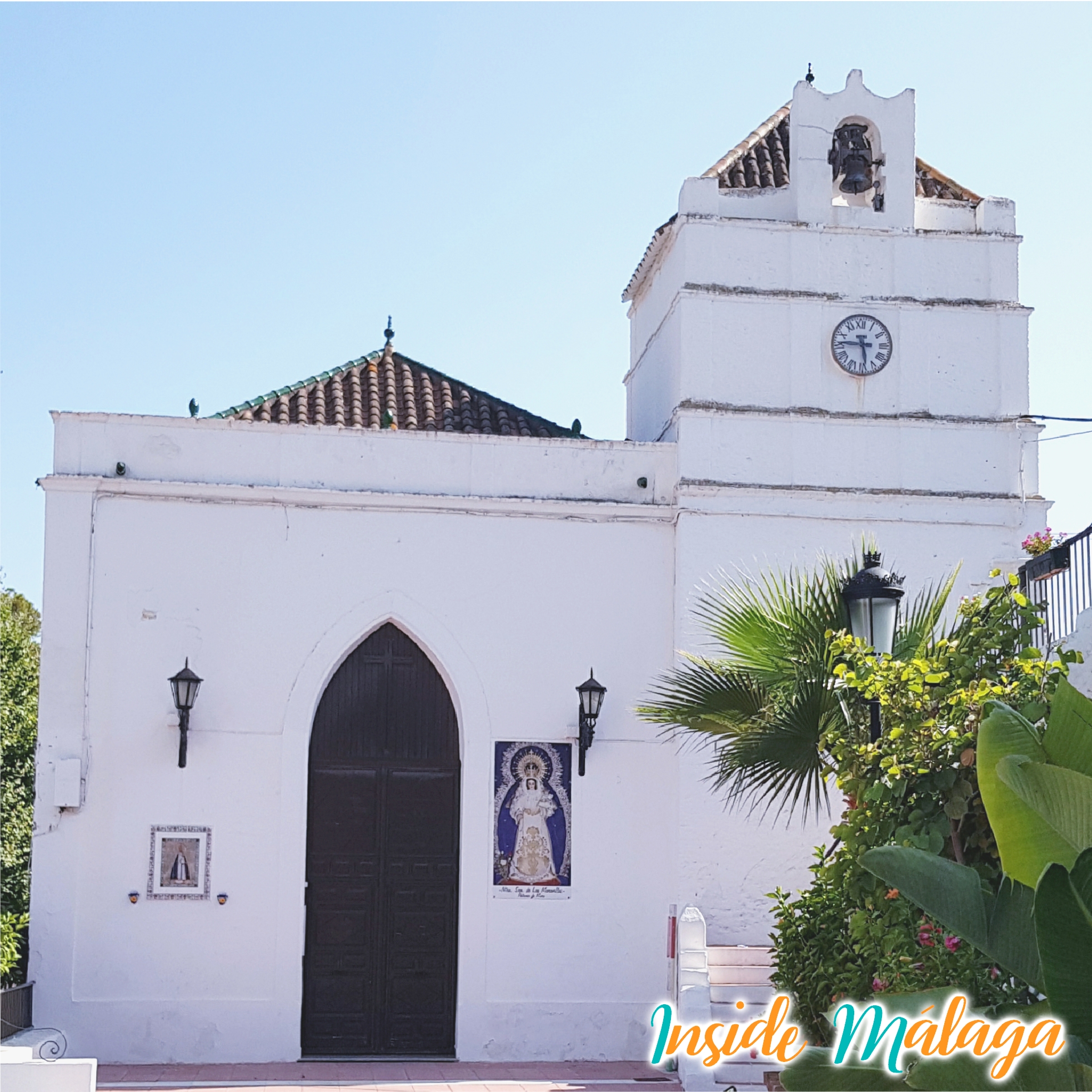
- Ingenio de San Antonio Abad: San Antonio Abad sugar mill. The province of Malaga had a multitude of sugar factories. In Maro one is preserved, only some of its walls remain and part of the water supply channel that led the water from the screeching river to the factory through ditches and the Sidro aqueduct. Currently the city council uses the enclosure as a municipal warehouse.
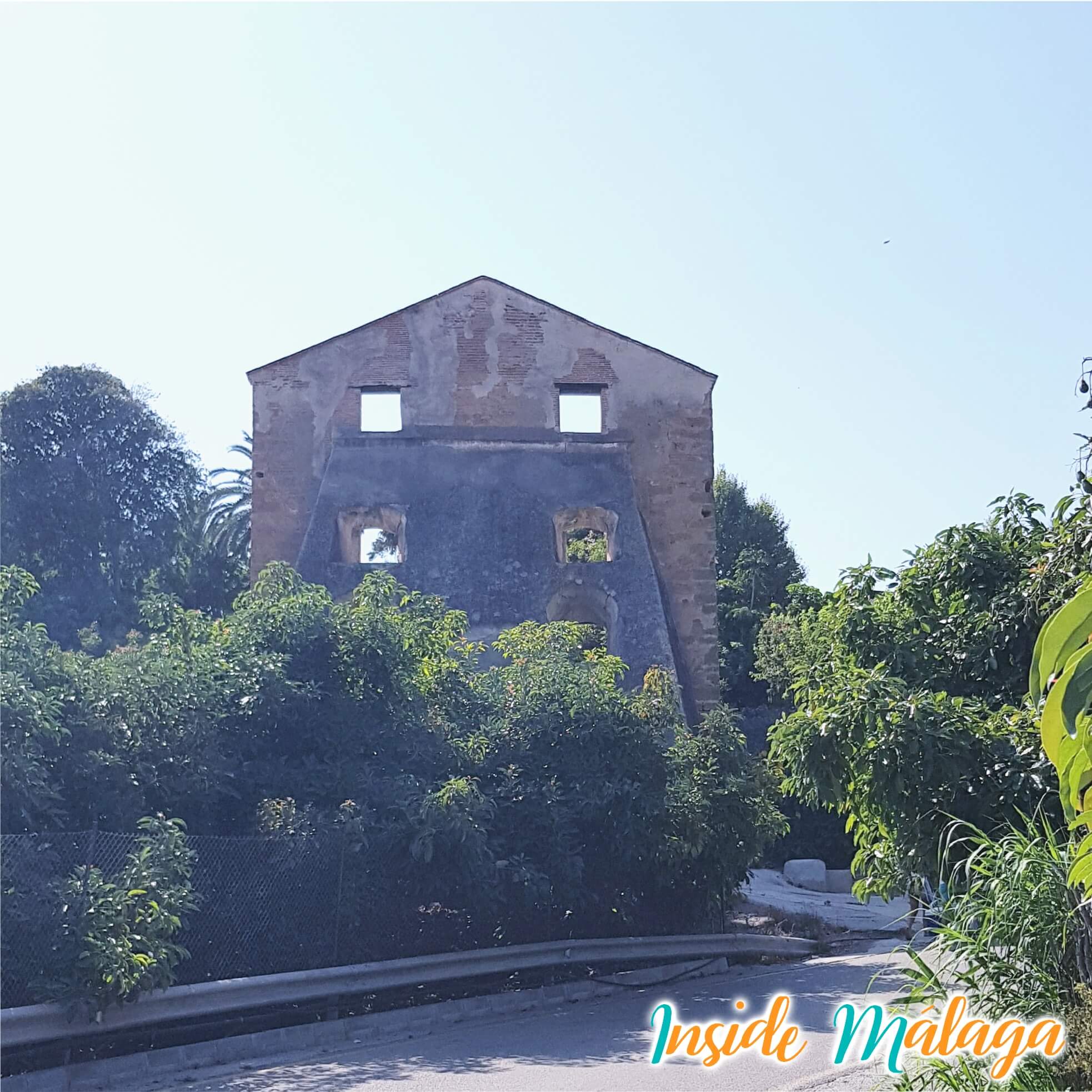
- Aqueduct of the Eagle: It is a civil structure built in the 19th century in order to transport water to the San Joaquin Sugar Factory in Maro near Nerja. The structure measures 40 meters in height formed by four floors of arches. The name comes from the fact that on top of the structure there is a double-headed eagle.
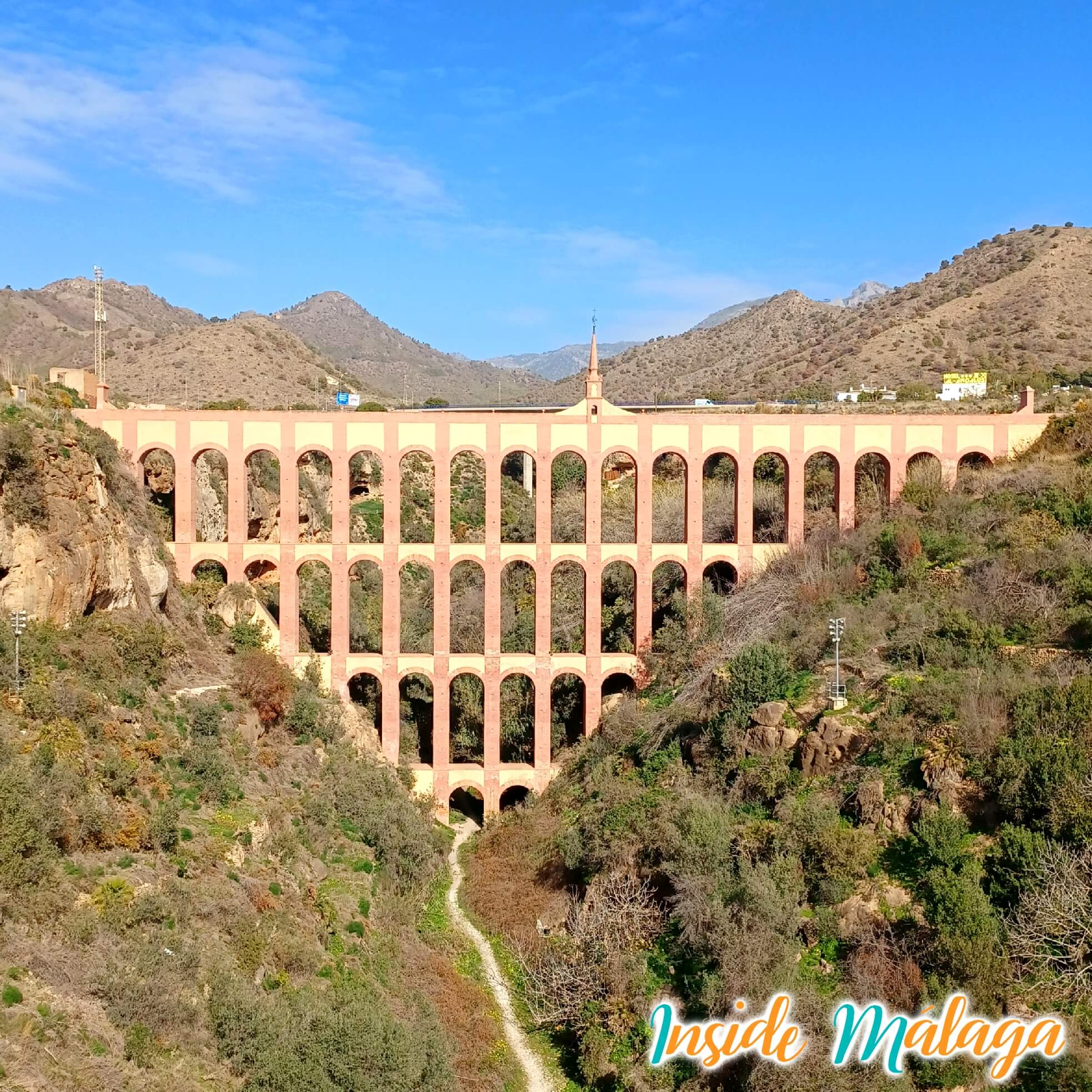
- Tower of Maro
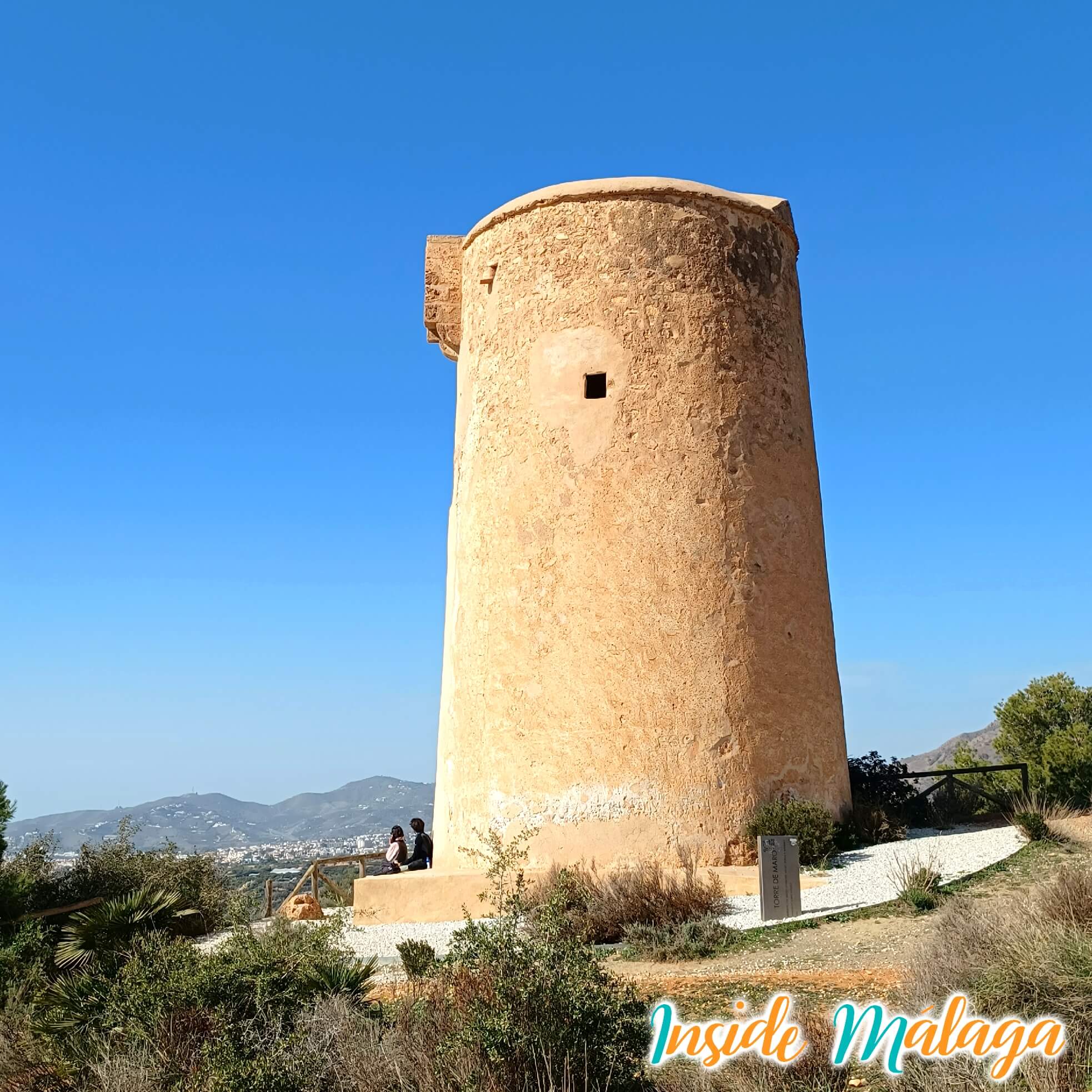
- Hermitage of San Isidro
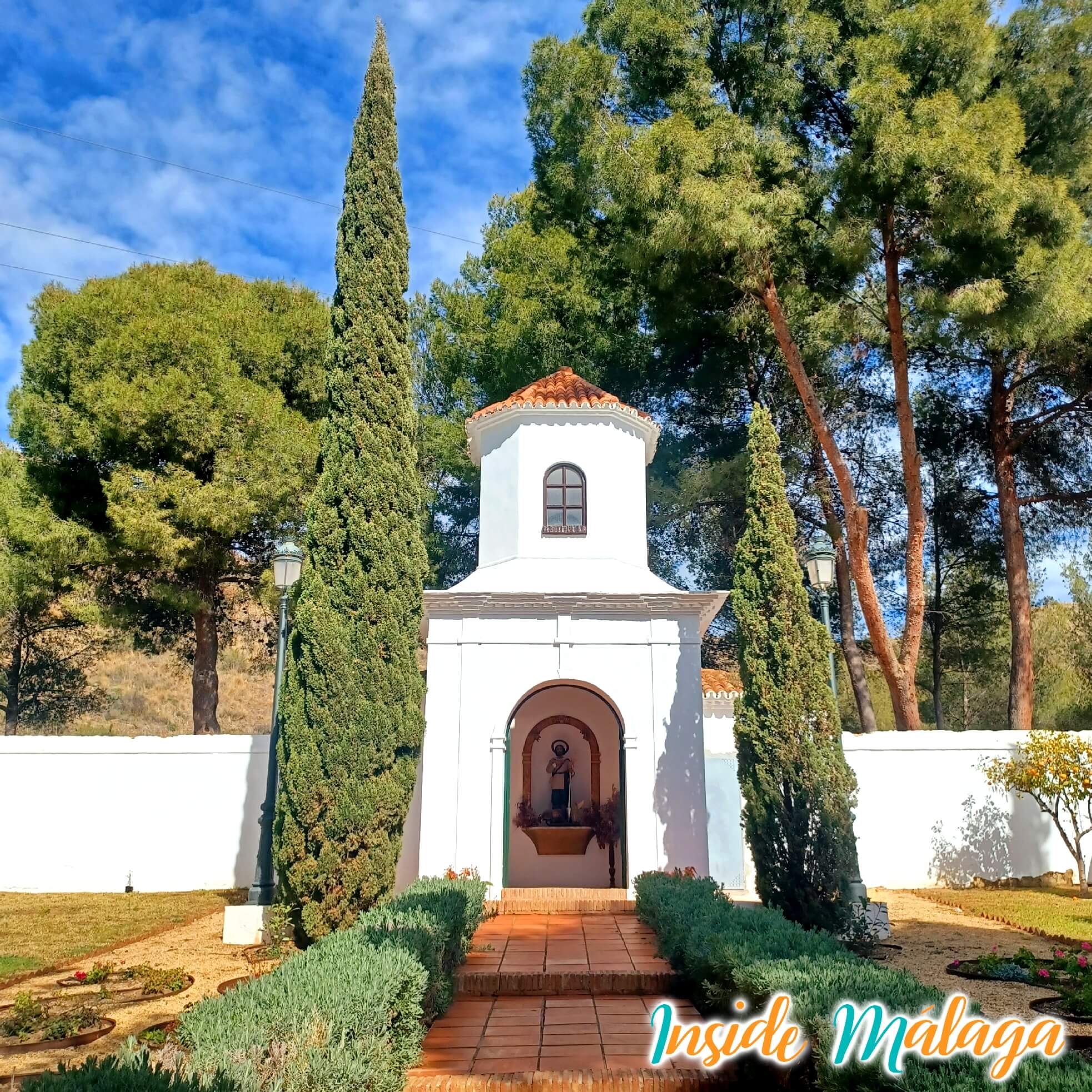
For more information about Nerja town: visit the City Council page
